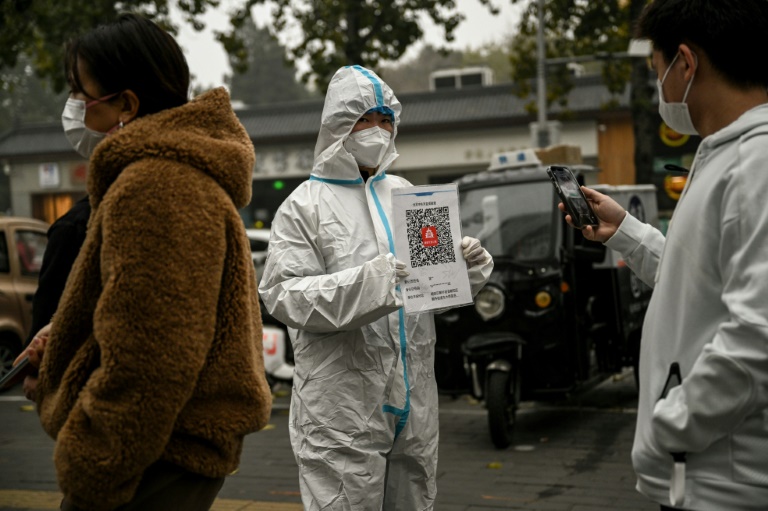KEY POINTS
- China’s official COVID-19 death toll was 83,150 as of Feb. 9
- Researchers said the official data only included coronavirus deaths in hospitals
- China may have as many as 110 COVID-19 deaths per 100,000 people based on studies
Researchers believe China’s latest wave of COVID-19 infections may have killed between 1 million to 1.5 million people, which contradicts the official figures from the Chinese authorities.
Researchers told The New York Times that the lack of “reliable” official data has left them unable to see the complete picture of the coronavirus outbreak in China after the country scrapped its controversial zero-COVID policy.
They believed that China’s official COVID-19 death toll for the entire pandemic, 83,150 people as of Feb. 9, was an undercount, arguing that the figure only included infected people who died in hospitals.
Yong Cai, a demographer at the University of North Carolina at Chapel Hill who studies mortality in China, told the publication that “there’s no question” that the official death toll is “certainly an underreport of all COVID deaths.”
Four separate academic teams came up with their own estimates of the total COVID-19 deaths in China.
The first estimate was published last year by scientists at the Fudan University in Shanghai, who used a previous Omicron outbreak in the city to estimate how quickly the virus might spread in the whole country.
Along with data from the early 2022 outbreak, the researchers assumed how many I.C.U. beds would be available, when a lockdown would end and how quickly people would receive additional vaccines. Their model estimated that the coronavirus may have killed 1.6 million Chinese people.
Bruce Lee, an infectious disease modeler at the City University of New York, told The Times that the estimate might be conservative as the study assumed that an outbreak occurred during the spring and summer, when the rate of transmission would be relatively slow. But China saw a surge in infections in the winter.
“The evidence is that this virus is demonstrating seasonality,” Lee said. “If you had to guess, you would expect the reproduction rate to increase during the winter.”
A more recent study published by three scientists at the University of Hong Kong estimated that the current coronavirus surge may have killed as many as 970,000 people by the end of last month.
The study looked at how many people in every age group died during past outbreaks in other countries and adjusted the data for China’s demographics. It also noted how the increased travel around the Lunar New Year might help spread the virus.
The third estimate came from two scientists from the University of Texas and the University of Hong Kong, who said that about 1.5 million may have died in China due to the disease. They based their study on the timing of the outbreak, estimated fatality rates and the effect of vaccinations.
Another study led by Jeffrey Shaman, an epidemiologist and professor of environmental health sciences at Columbia University, estimated Chinese coronavirus deaths using the fatality rate in the U.S.
He estimated that between 900,000 and 1.4 million may have died from the virus in China if the country had roughly the same fatality rate for people infected as the U.S., which was about 1 in 650 people, and if 40% to 65% of China’s population was infected.
The official death toll would make China the country with the lowest death rate per capita among major countries since the pandemic began, at six coronavirus deaths per 100,000 people.
But if the researchers’ estimates were accurate, China may have already surpassed official rates of death in many Asian countries, at 110 deaths per 100,000 people.








